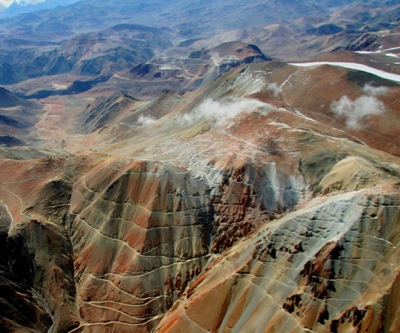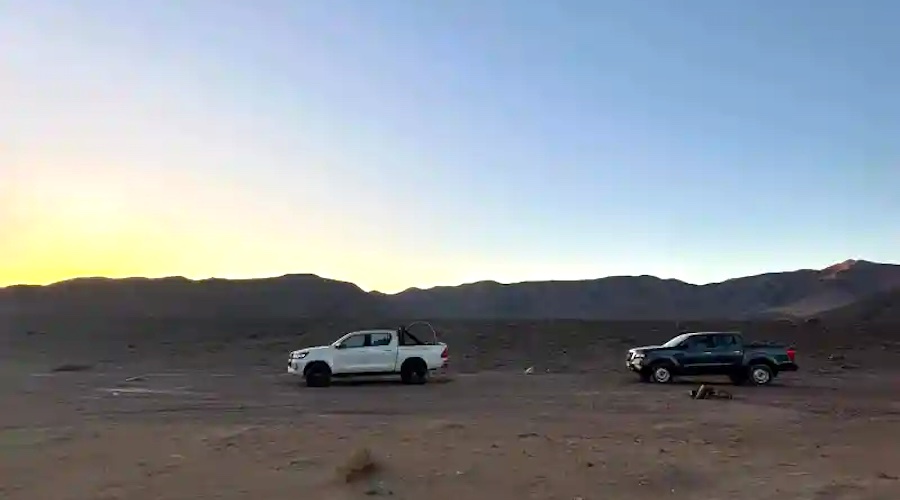Barrick comments on planning for $900 gold price

In its second quarter results announcement Barrick Gold Corporation (NYSE:ABX)(TSX:ABX), the world’s largest gold miner in terms of output, cut its dividend by 60% and said it will embark on a program to sell more mines and make deeper cost cuts.
Shares in the Toronto-based company was up sharply on Thursday amid a generally positive day for gold miners, but its market value is still down 45% over just the last three months. The company is worth some $8 billion in New York.
Barrick is forecast to produce between 6.1m – 6.4m ounces this year and while it’s had some problems of its own making it is obviously highly exposed to a fall in the gold price. It’s market cap today compares to $64 billion when gold peaked at $1,900 in 2011.
In the results Barrick also said that it had completed scenario planning for all its mines in the event of a $200 an ounce fall in the price of gold outlining these actions:
- Adjust life-of-mine plans to maximize short-term free cash flow
- Place higher-cost operations on temporary care and maintenance
- Defer stripping activities
- Close or divest mines that do not meet capital allocation objectives
- Increase cut-off grades
- Reduce mining/processing rates
- Further reduce G&A and exploration
- Further reduce sustaining capital
- Process higher-grade stockpiles
In the earnings call James K. Gowans, Barrick Co-President, gave a bit more detail:
I’d now like to give you an overview of our scenario planning analysis and some examples of the levers we have identified at the various price levels. In today’s environment cost cutting is simply not enough. We need to know what actions are required to generate free cash flow at different price levels and, as Kelvin mentioned, we did that work early and proactively so we had clear, well thought out plans in place.
This will also better position us to capitalize on the strength of our asset base when the metal prices recover. With the work we’ve already done to cut capital and align our spending on our 15% hurdle rate, all of our mines are free cash flow positive at $1,100 an ounce. Our mine general managers working with our technical services team have performed an analysis at prices down to $900 an ounce gold and developed specific plans to respond and maximize cash flow at the various levels.
We had already begun acting on the levers you see identified at $1,100 gold prices before the recent price decline and these actions will continue to be applied. Part of this goes to our increased focus on reducing OpEx, as I just discussed.
As we work to maximize free cash flow, options at our disposal if prices should decline to $1,000 per ounce include further cuts to the capital, G&A and exploration expenses, continued reductions to working capital and also deferring stripping where it is going to have the least impact on long-term plans. We don’t expect gold to reach $900 an ounce; but if it does, we know what we need to do. This may involve partial or full suspensions of non-core mines, further head count reductions and raising cut-off grades or processing higher grade stockpiles at our operations.
I’d just like to reiterate that we are fortunate to have 60% of our portfolio, our core mines, delivering production at average costs that are substantially below current mine – or current gold price levels. In terms of material expenditures at these mines, the major stripping is done at Cortez and TCM spending is complete.
Continue reading at Seeking Alpha.
More News
{{ commodity.name }}
{{ post.title }}
{{ post.date }}




4 Comments
grassroot
Oh please, Barrick has barely scratched the surface when it comes to cost management (different from cost “cutting”). And what does selling “underperforming assets” really tell everyone about management at Barrick? Let alone whose buying those assets?
ThaOracle
What if I told you, that the best way to reverse being “fortunate” enough to have 40% of you portfolio losing money at current price levels is “further head count reduction”, specifically at the corporate office, followed by satellite offices such as SLC.
tunnelportterror .
this is only the beginning of the demise of the dollar as world reserve currency
and replacement with the Chinese RMB
listen to Jim Willie, PhD in statistical analysis
https://www.youtube.com/watch?v=mA1A1a_JOWE
Shawn Howard
I’m Betting Mr. James K. Gowans, Barrick Co-President won’t be taking a paycut too help out. Nor will any of Barricks management. All that expense paid travel, company vehicles, nice ass offices and fancy computers take expensive people to run. But the guys in the mines, running and keeping running the overcomplicated expensive equipment, lets go ahead and kick them in the balls some more.